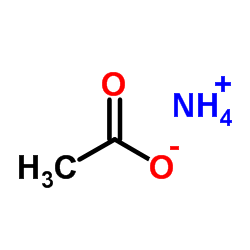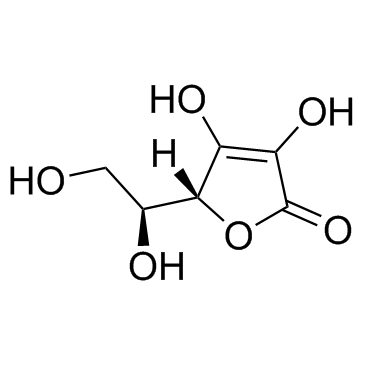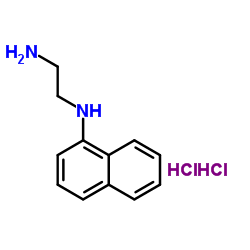| Structure | Name/CAS No. | Articles |
|---|---|---|
 |
Ammonium acetate
CAS:631-61-8 |
|
 |
Ascorbic acid
CAS:50-81-7 |
|
 |
HEPES
CAS:7365-45-9 |
|
 |
Sulfanilamide
CAS:63-74-1 |
|
 |
Selenious acid
CAS:7783-00-8 |
|
 |
N-1-Naphthylethylenediamine dihydrochloride
CAS:1465-25-4 |
|
 |
Ethanesulfonic acid
CAS:594-45-6 |
|
 |
H-DL-Pro-OH
CAS:609-36-9 |
|
 |
Leptin (human), (recombinant)
CAS:177404-21-6 |